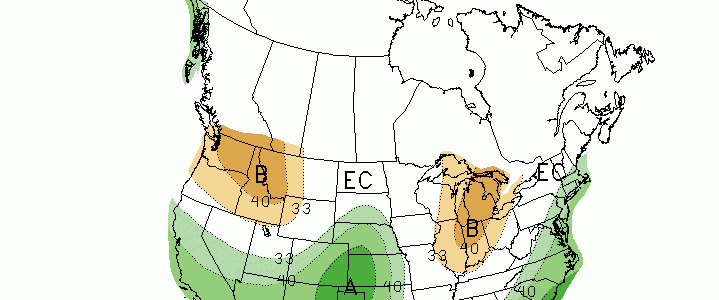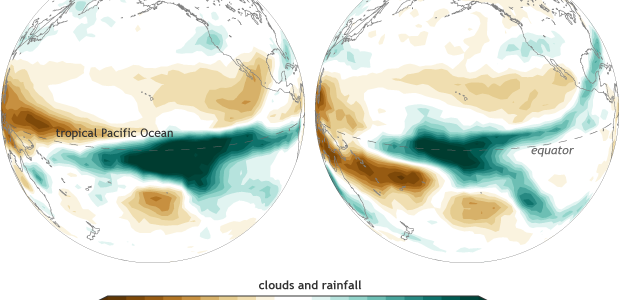El Nino and La Nina
-

The State Climate Office of North Carolina just published their winter recap for 2015-2016. Even if you don’t live in NC, the analysis covers most of the Southeast and you may be interested in reading about how El Niño affected our winter conditions. They also rate the accuracy of woolly worm caterpillars, groundhogs, and the…
-

AgWeb had an interesting article this week on predicting corn yields based on past years. One way to do this is to use analog years that are similar to this year and see what happened. In the article, they used 1972-73, 1982-83 and 1997-98. Using the analog method, they showed that in two of the three…
-

The Orlando Sentinel published a sobering article today on the collapse of ecosystems along Florida’s coastline. The story details three separate regions in the state and the crippling impacts caused by chronic pollution, feeble drainage, recent drought and the impacts of El Niño downpours this winter on the health of the estuaries. Impacts also include…
-

Clint Thompson of UGA released a story this week (printed here in Growing Georgia) on the impact of the wet conditions caused by El Niño on corn planting across the region. Rain has been plentiful in parts of Georgia this winter due to frequent storms passing through the area dropping rain and snow. Since Georgia…
-

Even though climatologists know the general patterns for how El Niño affects climate around the world, each event is unique and the observed patterns don’t always match what we expect. The really warm December across the eastern US this year is an example of how different things can be from the “expected” climate. The latest…
-

The latest monthly and seasonal climate outlooks were released by the Climate Prediction Center this week. They show that warm temperatures in the upper Midwest are likely to continue for the next few months while wet conditions in the Southeast are also likely to continue; both are patterns that are strongly impacted by El Niño…
-

NOAA has published a new update and outlook for the current El Niño and what is likely to happen next summer. You can view it here.